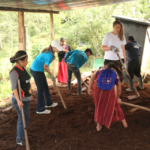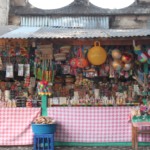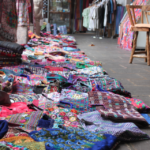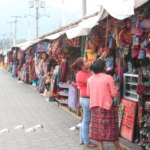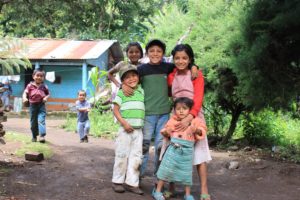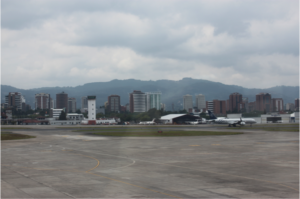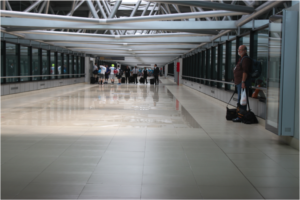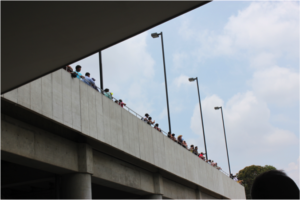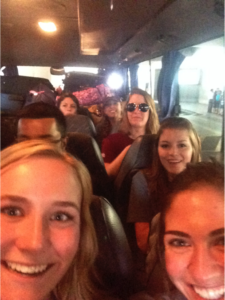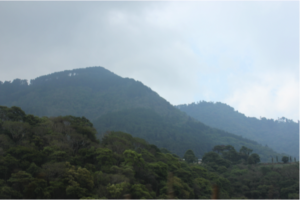The people of Guatemala have amazed me in the way that they utilize simple resources to achieve everyday tasks. It really put some things into perspective for me, because often times I’ve taken things for granted or have been selective with things that I use like many other Americans. Last week, we worked on creating a Banana Circle for IMAP. We learned to trace out measurements using a stick and a long piece of shredded plastic. It was very resourceful since we had nothing else around. The entire IMAP campus exemplified creative and innovative ways to use what you have to make anything you want. Buildings were made of bamboo sticks, steps made of dirt filled tires, plastic bottles used for potting plants or creating a type of window on buildings, and jewelry made out of seeds. It was really amazing to see how they utilized simple objects or trash even. It reminded me of the phrase “One man’s trash is another man’s treasure.”
I am humbled by the little kids that play soccer in a dirt field with stick goals. It is inspiring to watch the Guatemalan people make the best and the most out of everything. They live in such poverty and hard times, but stay with high spirits. They do not have a choice between what type of cup they would like to drink out of. To have a cup is enough. They do not need a stove and some don’t even want a stove because the fire is enough; it gives warmth and it is where the family gathers around. There are many houses made of wood and tin roofs with bricks to hold it down. There are kids without shoes running in the street. From what I’ve seen people don’t have many clothes to choose from. They sometimes even wear clothes inside out to extend the wear before washing it again. I feel foolish looking back and remembering all the times I’ve worried about the wrong thing. Whether it was worrying about what to wear or not having enough clothes, or not accomplishing a task because I felt the need for specific gear or tools. I’ve become accustomed to having the luxury of a choice and I think that may have stunted my imagination. I want to be innovative and resourceful. In America we become so dependent on technologies that we forget how to function without them.
